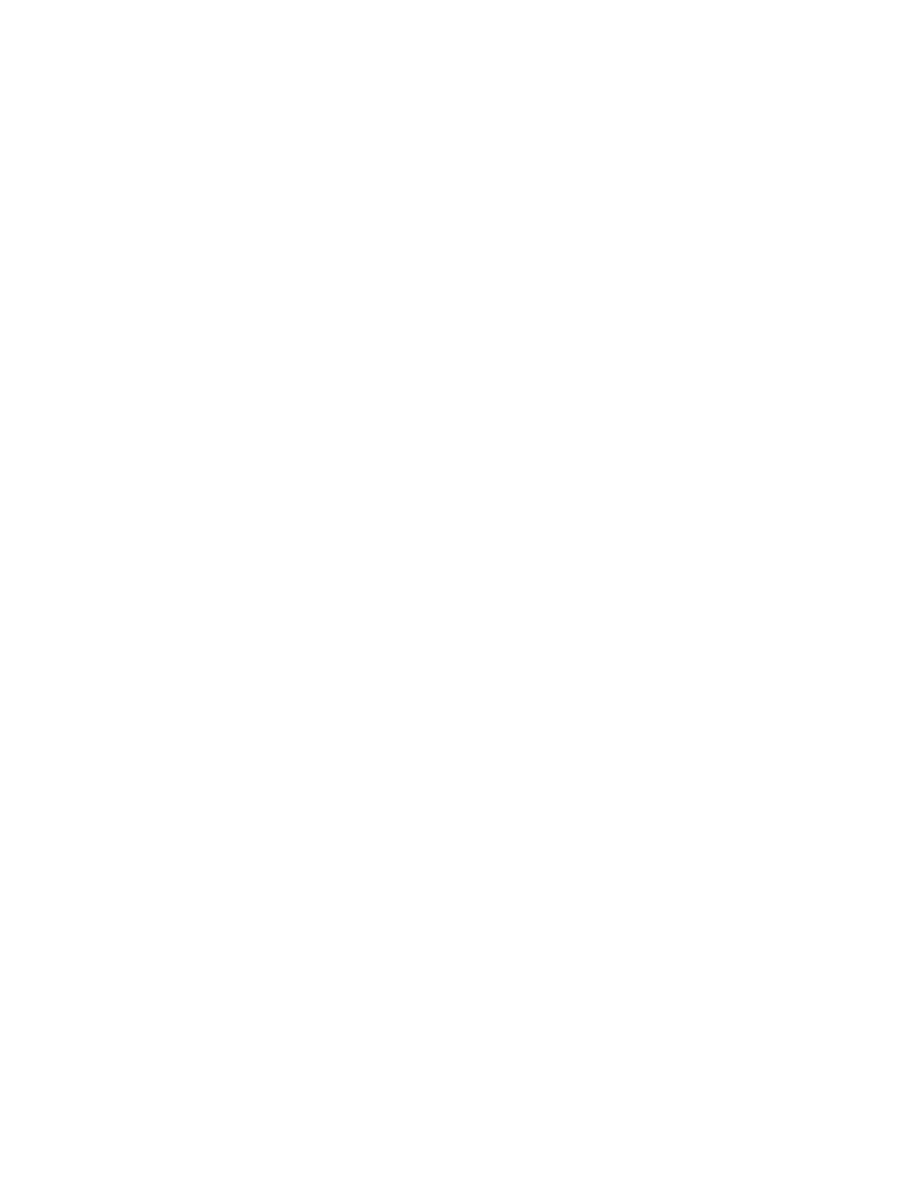
679
Federal Aviation Administration, DOT
Pt. 29, App. A
A
PPENDIX
A
TO
P
ART
29—I
NSTRUCTIONS
FOR
C
ONTINUED
A
IRWORTHINESS
a29.1
General
(a) This appendix specifies requirements
for the preparation of Instructions for Con-
tinued Airworthiness as required by § 29.1529.
(b) The Instructions for Continued Air-
worthiness for each rotorcraft must include
the Instructions for Continued Airworthiness
for each engine and rotor (hereinafter des-
ignated ‘‘products’’), for each appliance re-
quired by this chapter, and any required in-
formation relating to the interface of those
appliances and products with the rotorcraft.
If Instructions for Continued Airworthiness
are not supplied by the manufacturer of an
appliance or product installed in the rotor-
craft, the Instructions for Continued Air-
worthiness for the rotorcraft must include
the information essential to the continued
airworthiness of the rotorcraft.
(c) The applicant must submit to the FAA
a program to show how changes to the In-
structions for Continued Airworthiness made
by the applicant or by the manufacturers of
products and appliances installed in the
rotorcraft will be distributed.
a29.2
Format
(a) The Instructions for Continued Air-
worthiness must be in the form of a manual
or manuals as appropriate for the quantity
of data to be provided.
(b) The format of the manual or manuals
must provide for a practical arrangement.
a29.3
Content
The contents of the manual or manuals
must be prepared in the English language.
The Instructions for Continued Airworthi-
ness must contain the following manuals or
sections, as appropriate, and information:
(a)
Rotorcraft maintenance manual or section.
(1) Introduction information that includes an
explanation of the rotorcraft’s features and
data to the extent necessary for mainte-
nance or preventive maintenance.
(2) A description of the rotorcraft and its
systems and installations including its en-
gines, rotors, and appliances.
(3) Basic control and operation information
describing how the rotorcraft components
and systems are controlled and how they op-
erate, including any special procedures and
limitations that apply.
(4) Servicing information that covers de-
tails regarding servicing points, capacities of
tanks, reservoirs, types of fluids to be used,
pressures applicable to the various systems,
location of access panels for inspection and
servicing, locations of lubrication points, the
lubricants to be used, equipment required for
servicing, tow instructions and limitations,
mooring, jacking, and leveling information.
(b)
Maintenance Instructions.
(1) Scheduling
information for each part of the rotorcraft
and its engines, auxiliary power units, ro-
tors, accessories, instruments, and equip-
ment that provides the recommended periods
at which they should be cleaned, inspected,
adjusted, tested, and lubricated, and the de-
gree of inspection, the applicable wear toler-
ances, and work recommended at these peri-
ods. However, the applicant may refer to an
accessory, instrument, or equipment manu-
facturer as the source of this information if
the applicant shows that the item has an ex-
ceptionally high degree of complexity requir-
ing specialized maintenance techniques, test
equipment, or expertise. The recommended
overhaul periods and necessary cross ref-
erences to the Airworthiness Limitations
section of the manual must also be included.
In addition, the applicant must include an
inspection program that includes the fre-
quency and extent of the inspections nec-
essary to provide for the continued air-
worthiness of the rotorcraft.
(2) Troubleshooting information describing
probable malfunctions, how to recognize
those malfunctions, and the remedial action
for those malfunctions.
(3) Information describing the order and
method of removing and replacing products
and parts with any necessary precautions to
be taken.
(4) Other general procedural instructions
including procedures for system testing dur-
ing ground running, symmetry checks,
weighing and determining the center of grav-
ity, lifting and shoring, and storage limita-
tions.
(c) Diagrams of structural access plates
and information needed to gain access for in-
spections when access plates are not pro-
vided.
(d) Details for the application of special in-
spection techniques including radiographic
and ultrasonic testing where such processes
are specified.
(e) Information needed to apply protective
treatments to the structure after inspection.
(f) All data relative to structural fasteners
such as identification, discard recommenda-
tions, and torque values.
(g) A list of special tools needed.
a29.4
Airworthiness Limitations Section
The Instructions for Continued Airworthi-
ness must contain a section titled Airworthi-
ness Limitations that is segregated and
clearly distinguishable from the rest of the
document. This section must set forth each
mandatory replacement time, structural in-
spection interval, and related structural in-
spection procedure required for type certifi-
cation. If the Instructions for Continued Air-
worthiness consist of multiple documents,
the section required by this paragraph must
be included in the principal manual. This
section must contain a legible statement in
VerDate Sep<11>2014
12:50 Apr 30, 2019
Jkt 247046
PO 00000
Frm 00689
Fmt 8010
Sfmt 8002
Y:\SGML\247046.XXX
247046
spaschal on DSK3GDR082PROD with CFR